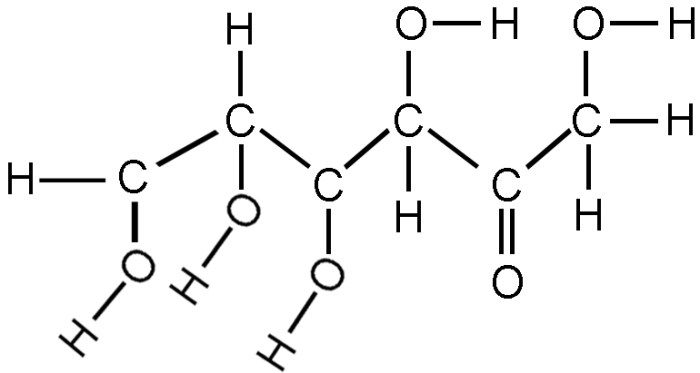Welcome to the realm of organic chemistry, where functional groups reign supreme! Functional group identification worksheet answers hold the key to unlocking the secrets of organic compounds, revealing their structure and properties. Join us on an enlightening journey as we delve into the intricacies of functional group identification, empowering you with the knowledge to decipher the molecular makeup of the world around you.
1. Functional Group Identification
Functional groups are specific arrangements of atoms within an organic molecule that determine its chemical properties and reactivity. They are responsible for the characteristic reactions and behavior of organic compounds.
Common functional groups include:
- Alkanes: C-C single bonds
- Alkenes: C=C double bonds
- Alkynes: C≡C triple bonds
- Alcohols: -OH group
- Aldehydes: -CHO group
- Ketones: -CO- group
- Carboxylic acids: -COOH group
- Esters: -COOR group
- Amides: -CONH2 group
- Amines: -NH2 group
Functional groups can be identified using various methods, including spectroscopic techniques (e.g., IR, NMR, MS) and chemical tests (e.g., reactions with specific reagents).
2. Worksheet Analysis: Functional Group Identification Worksheet Answers
A functional group identification worksheet is a tool used to guide students in identifying functional groups in organic compounds.
Key features of a worksheet may include:
- Instructions on how to identify functional groups
- A table of common functional groups and their corresponding properties
- A series of practice problems
The purpose of using a worksheet is to provide a structured approach to functional group identification and to help students develop their problem-solving skills.
3. Answer Generation

Answers to the questions in the worksheet should be clear and concise, explaining the reasoning behind each answer.
For example, to identify the functional group in the compound CH3CH2OH, the following steps could be taken:
- Look for the presence of a heteroatom (an atom other than carbon or hydrogen).
- Identify the type of heteroatom and its bonding pattern.
- Determine the functional group based on the heteroatom and its bonding pattern.
In this case, the heteroatom is oxygen, which is bonded to a hydrogen atom. This indicates the presence of an alcohol functional group (-OH).
4. Data Interpretation

The results obtained from the worksheet can be analyzed to identify trends or patterns in the data.
For example, if a student consistently misidentifies a particular functional group, this may indicate a need for further instruction or practice.
Additionally, the data can be used to assess the effectiveness of the worksheet as a teaching tool.
5. Additional Resources

Additional resources for functional group identification include:
- Khan Academy: IR and NMR Spectroscopy
- Master Organic Chemistry: How to Identify Functional Groups by NMR Spectroscopy
- ScienceDirect: A Comprehensive Guide to the Interpretation of NMR Spectra
Questions and Answers
What is the significance of functional groups in organic chemistry?
Functional groups are the defining characteristics of organic compounds, determining their chemical reactivity, physical properties, and biological functions.
How can I identify functional groups effectively?
A combination of spectroscopic techniques (NMR, IR, MS) and chemical tests (color change, precipitation) provides a comprehensive approach to functional group identification.
What are the benefits of using a worksheet for functional group identification?
Worksheets offer a structured and organized framework for identifying functional groups, guiding students through the process and reinforcing their understanding.